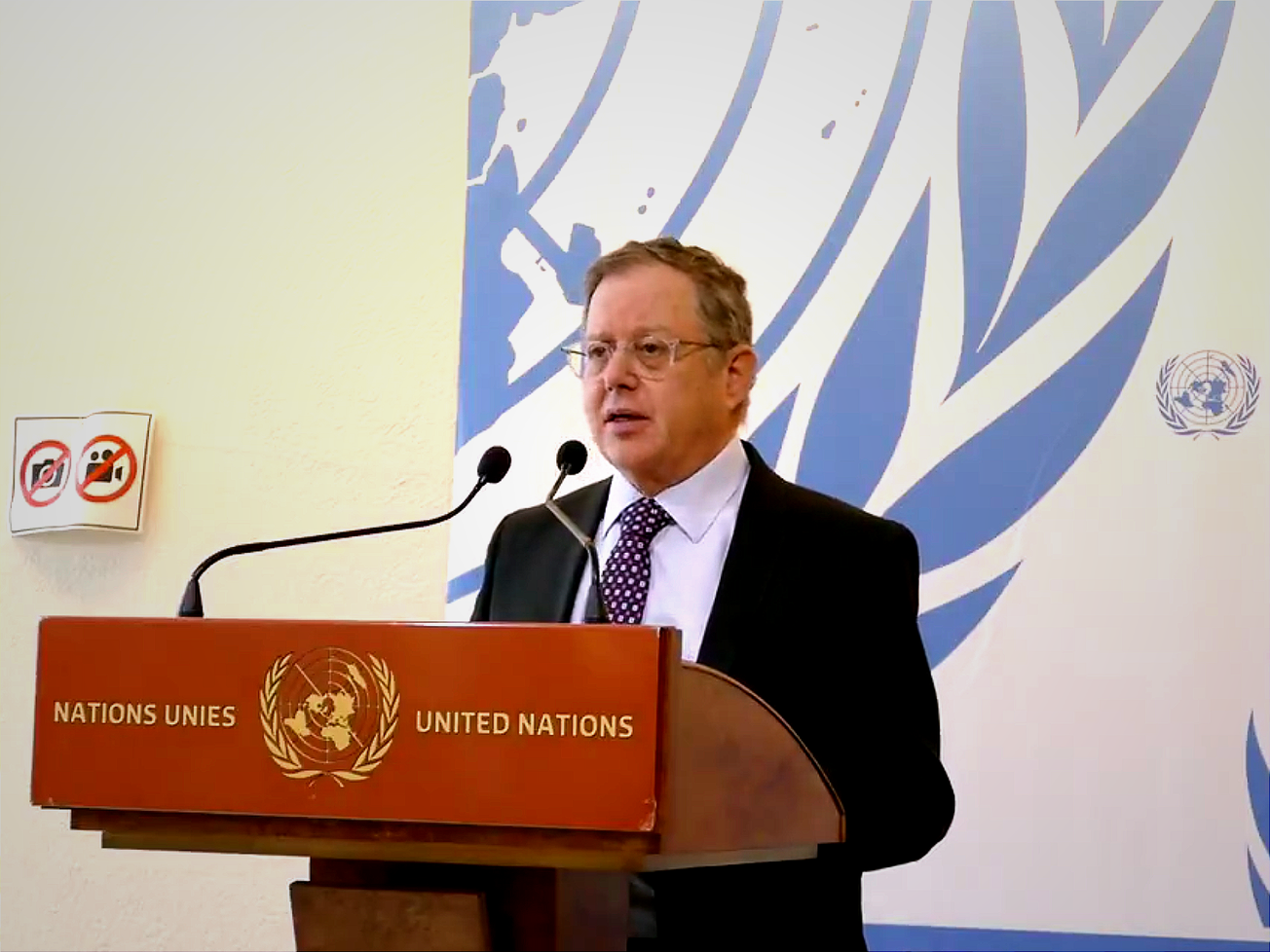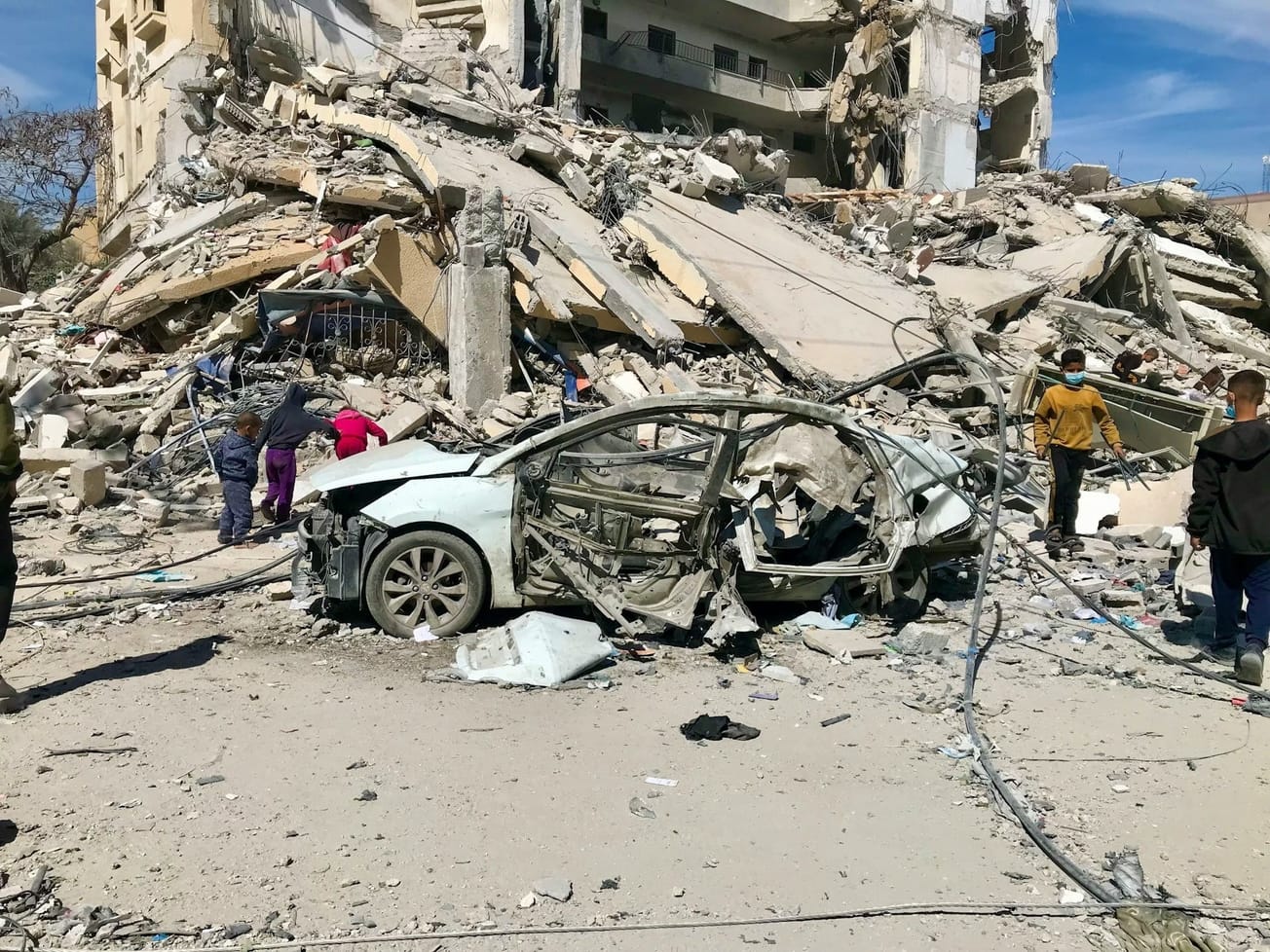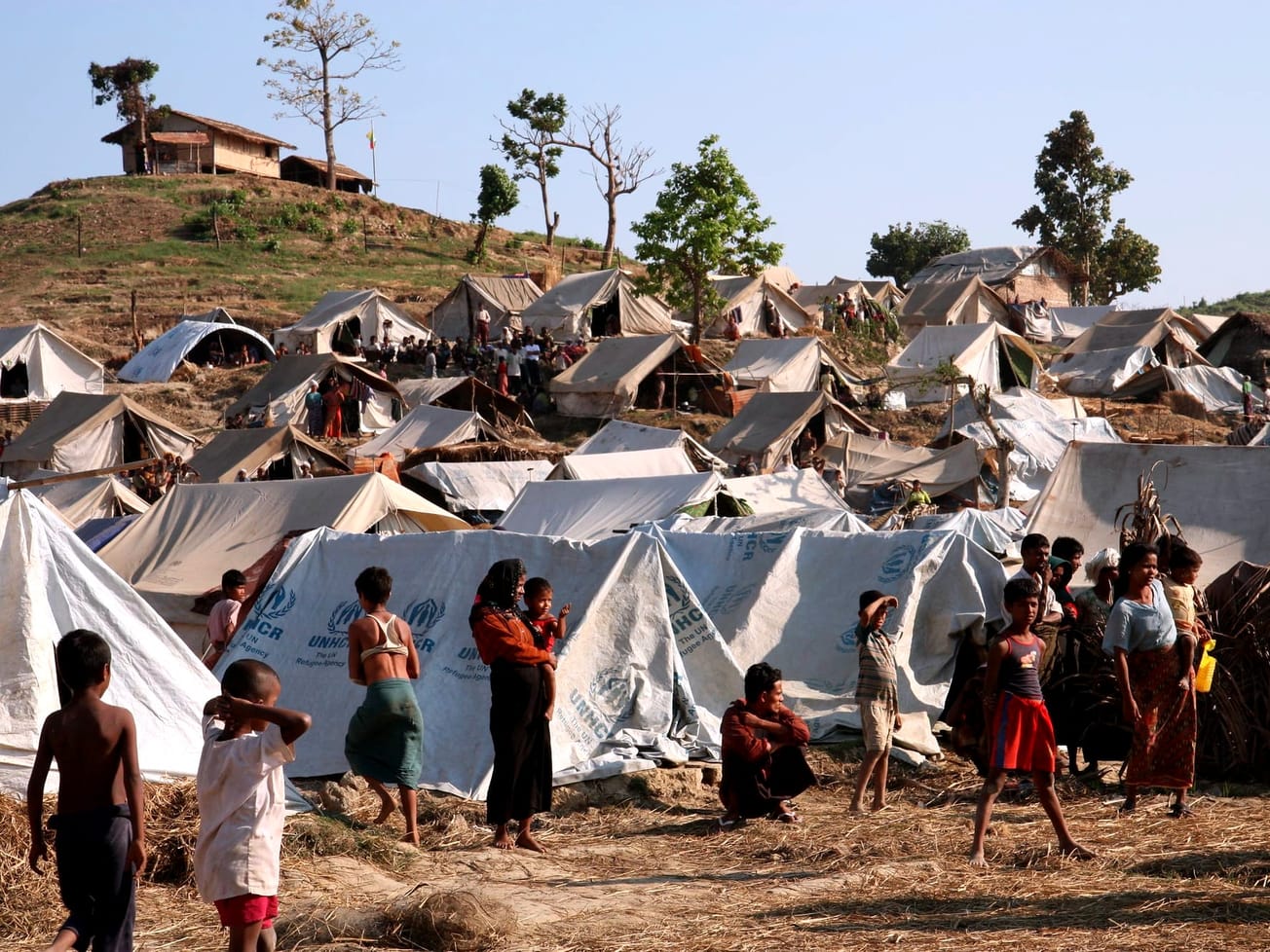GENEVA (AN) — New estimates show that nearly one out of every 150 people in the world are caught up in some form of modern slavery, a 23% increase over five years. That's 49.6 million people who are working or married involuntarily.
Forced labor accounts for 27.6 million; the other 22 million are trapped in a forced marriage based on 2021 data, according to a new report on Monday from the International Labor Organization, or ILO; the Walk Free international human rights group; and the International Organization for Migration, or IOM.









